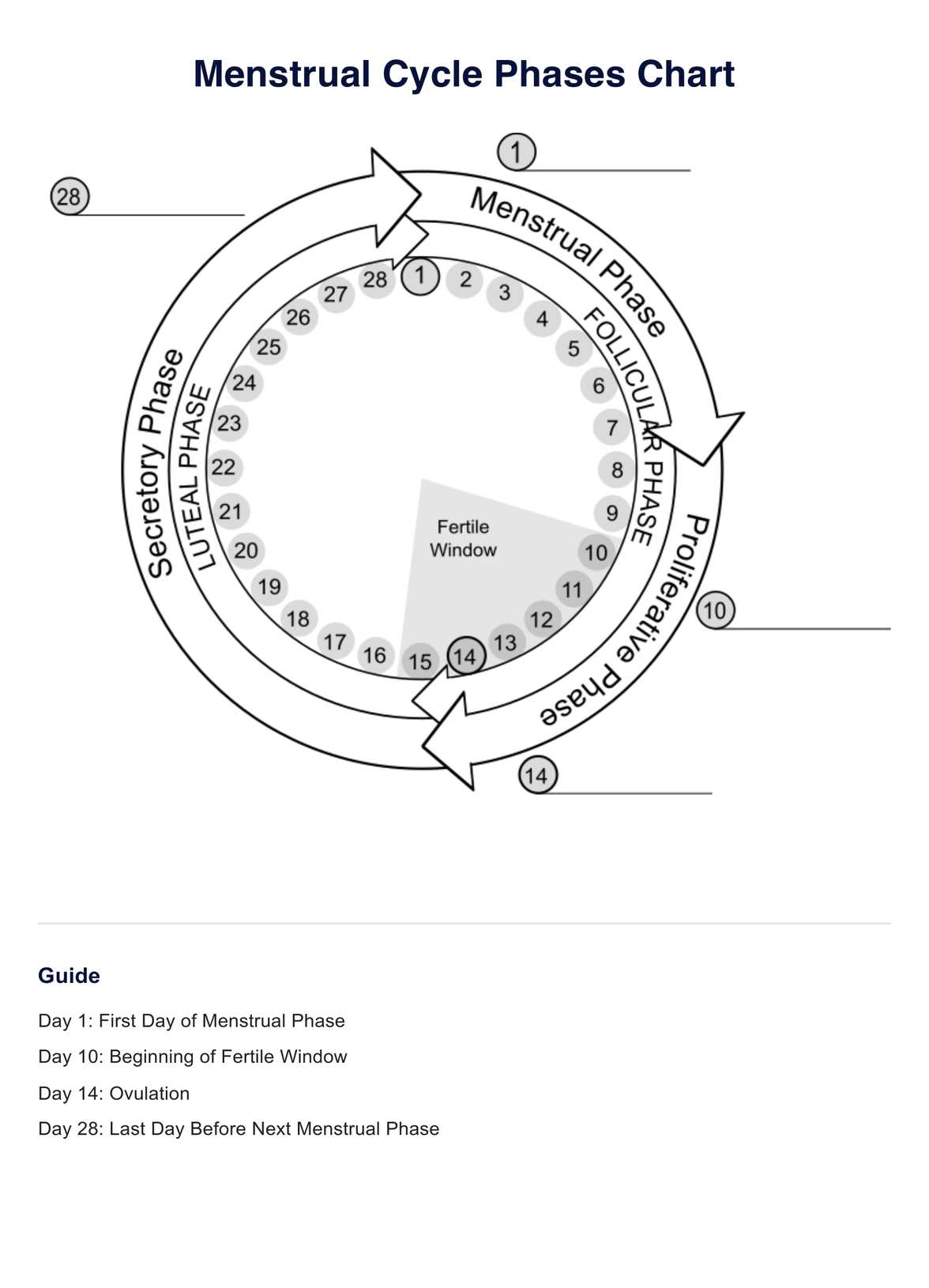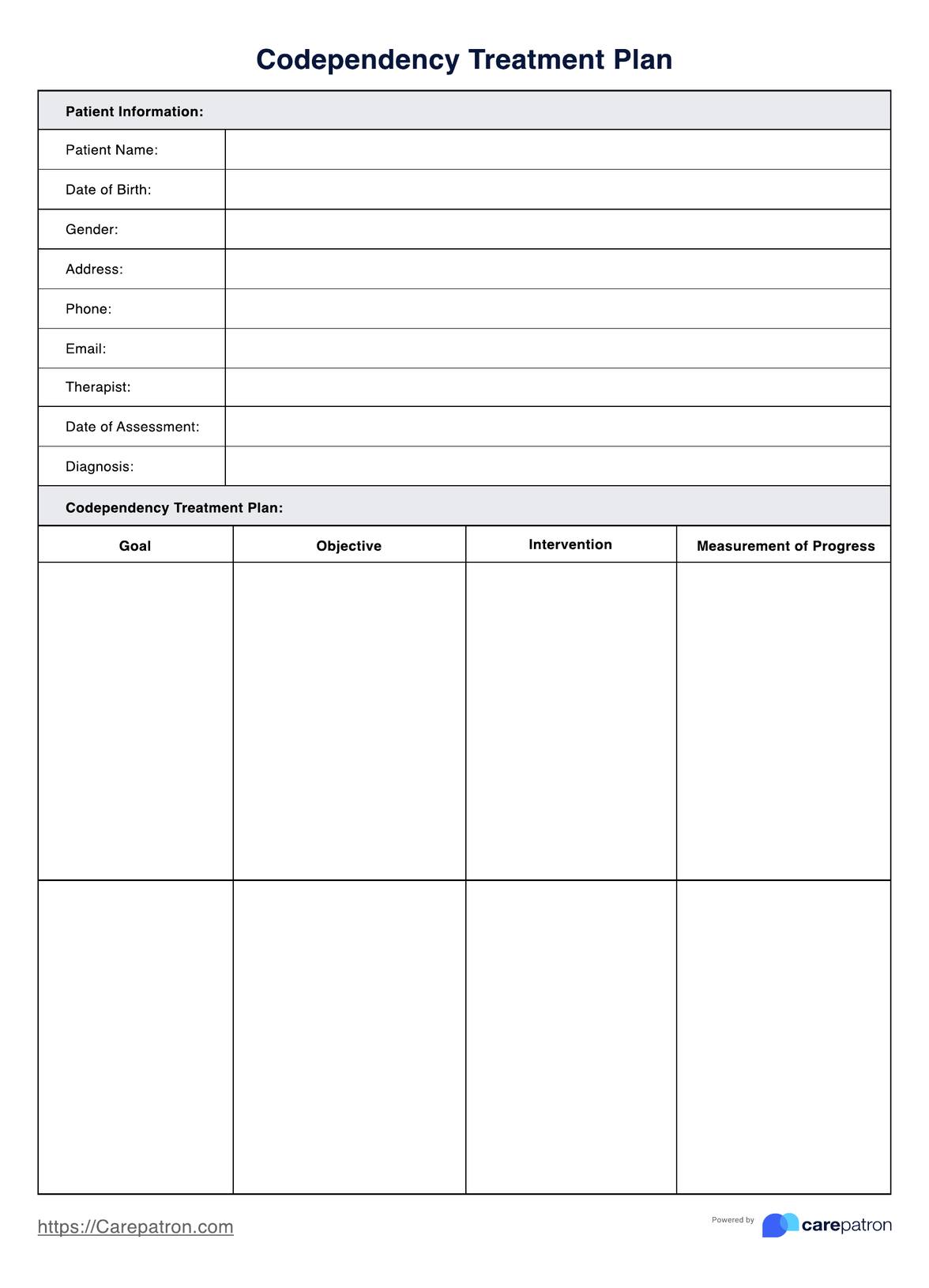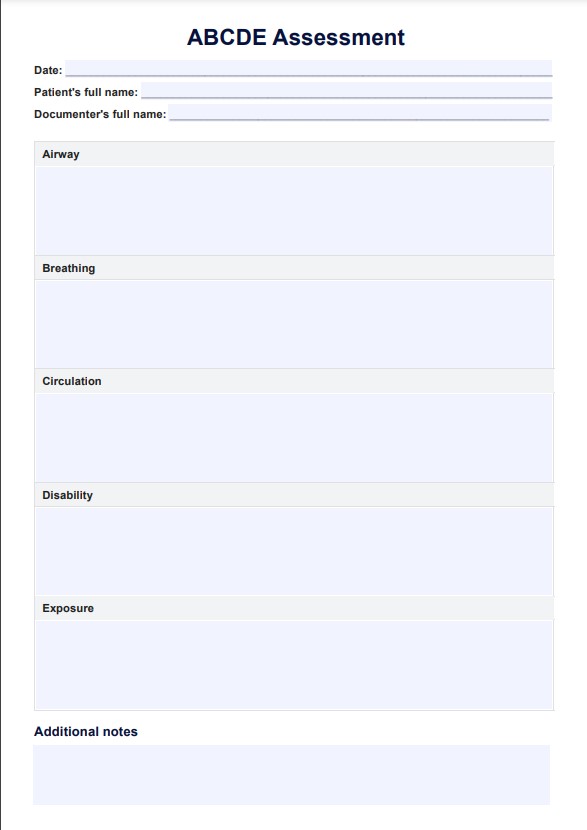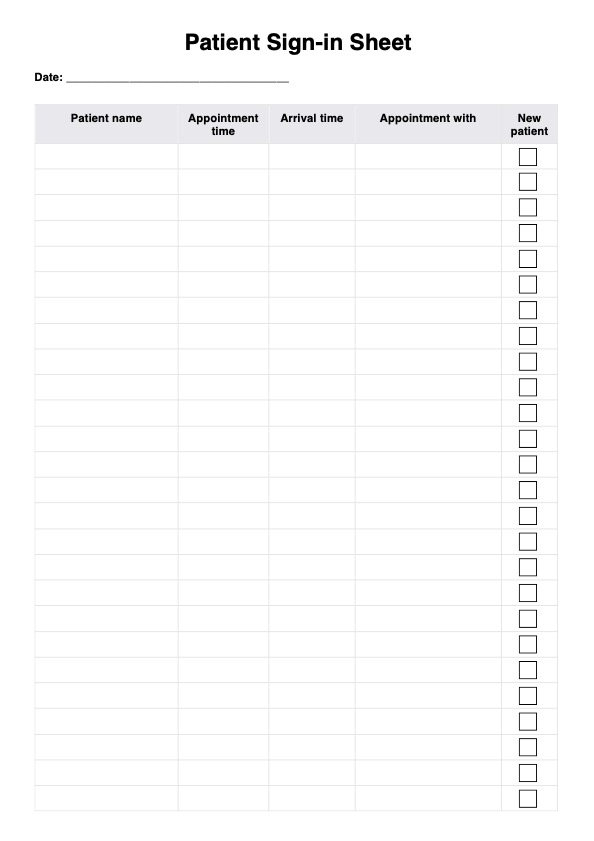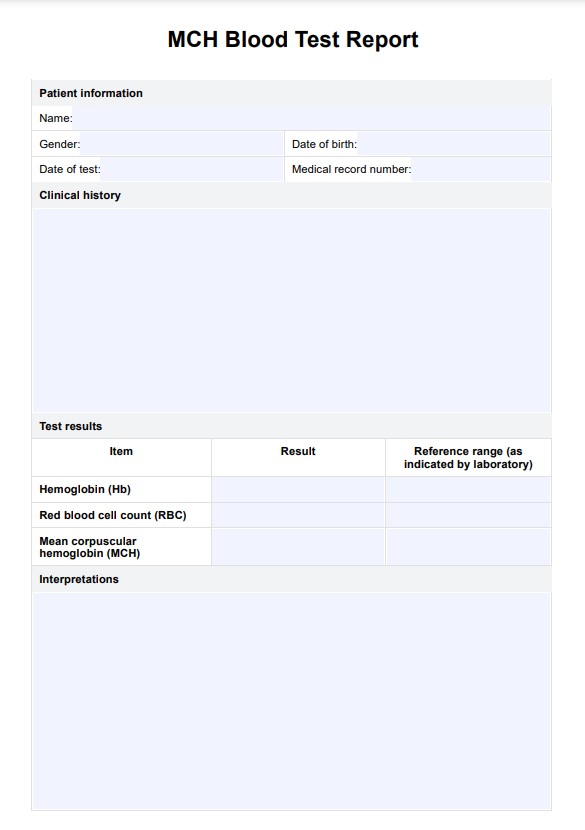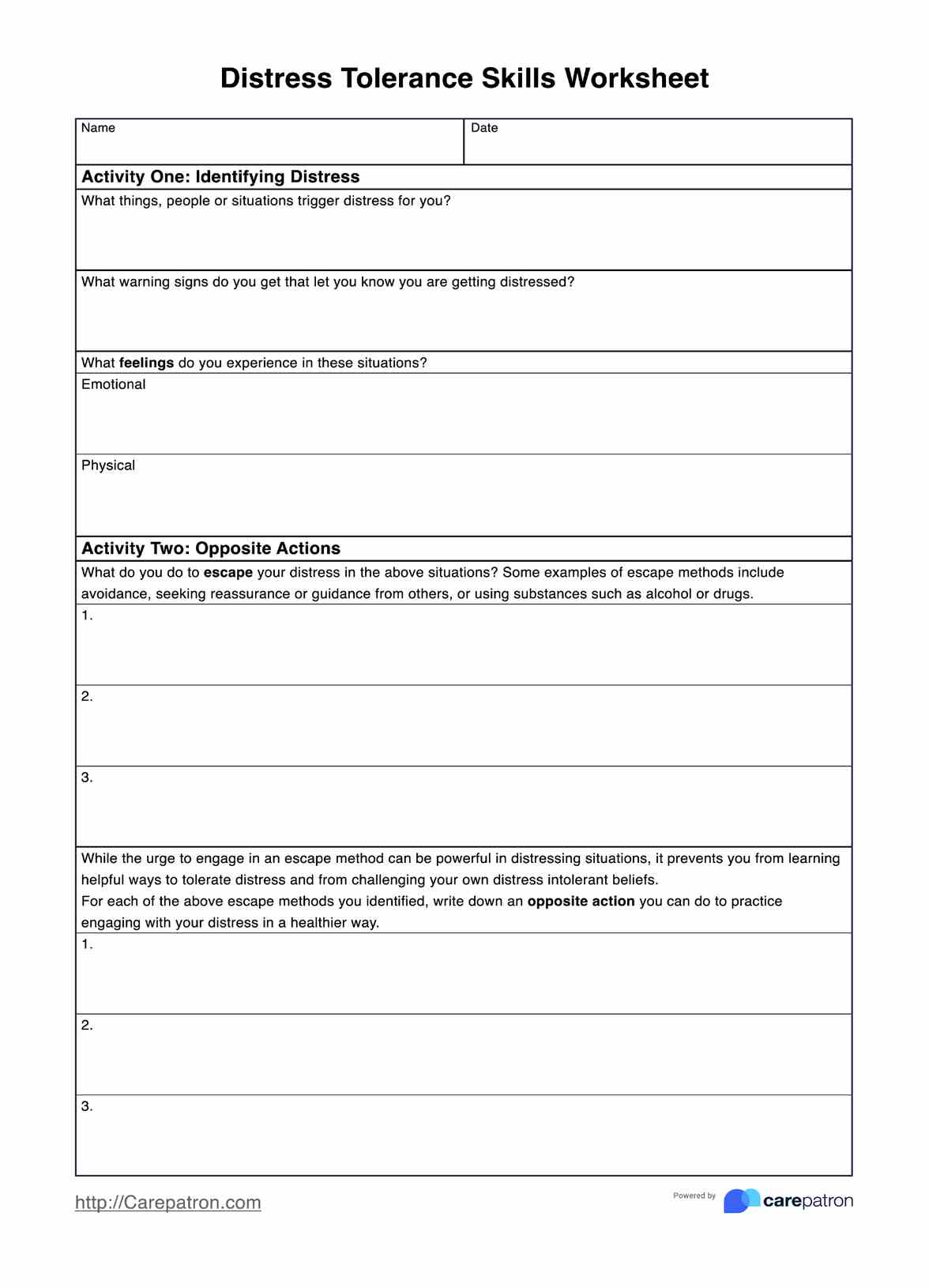G6PD
Accurate G6PD testing for diagnosis and care. Trust our G6PD test for reliable results. Your health is our priority.


What is a G6PD Test?
A G6PD test, or Glucose-6-Phosphate Dehydrogenase test, is a medical diagnostic test used to determine the activity levels of the Glucose-6-Phosphate Dehydrogenase enzyme in an individual's red blood cells. This enzyme plays a crucial role in protecting red blood cells from oxidative damage, and a deficiency in G6PD can lead to a condition known as G6PD deficiency, also called favism or hemolytic anemia.
G6PD deficiency is a genetic condition primarily affecting males, though females can be carriers. When individuals with this deficiency are exposed to specific triggers, such as certain foods (like fava beans), infections, or particular medications (like some antimalarial drugs or certain antibiotics), their red blood cells become more susceptible to premature destruction, leading to hemolysis.
This test is crucial in identifying individuals with this deficiency, as it helps healthcare professionals make informed decisions regarding their medical care. For example, individuals with a deficiency should avoid specific medications and foods that can trigger hemolysis.
The test is typically performed on a blood sample, and the results are expressed in terms of G6PD enzyme activity, usually categorized as normal, intermediate, or deficient. The information obtained from this test is invaluable for managing patients' health, especially when considering specific medical treatments or advising dietary modifications to avoid potential complications associated with deficiency.
G6PD Template
G6PD Example
How Does it Work?
Step 1: Consultation
Start by discussing your need for a G6PD test with a medical professional. They will determine if you require the test based on your medical history, symptoms, or specific risk factors.
Step 2: Preparation
Depending on the specific testing protocol, you may need to fast before the test. Your healthcare provider will provide instructions.
Step 3: Blood Sample Collection
A trained phlebotomist or healthcare provider will collect a blood sample, usually from a vein in your arm. This is a relatively quick and straightforward process.
Step 4: Laboratory Analysis
The collected blood sample is sent to a laboratory for analysis. Here, technicians will assess the activity levels of the Glucose-6-Phosphate Dehydrogenase (G6PD) enzyme in your red blood cells.
Step 5: Test Results
Once the laboratory analysis is complete, your healthcare provider will interpret the test results. G6PD activity levels are typically categorized as normal, intermediate, or deficient.
Step 6: Discussion and Guidance
Your healthcare provider will discuss the test results with you. If you are found to have G6PD deficiency, they will guide dietary restrictions, medication use, and how to avoid triggers that could lead to hemolysis.
As for a printable G6PD test, it's important to note that this is a clinical test typically conducted in a medical laboratory. It cannot be shown or interpreted at home using a printable form.
The steps outlined here are for informational purposes and do not involve form-filling; a healthcare professional must perform the test to ensure accuracy and reliable results. Always consult your healthcare provider for accurate testing and interpretation of G6PD levels.
When Would you use this Test?
The G6PD test, formally known as the Glucose-6-Phosphate Dehydrogenase test, is a vital diagnostic tool used by healthcare practitioners, particularly hematologists, general physicians, and pediatricians, in various clinical scenarios. Below are the key situations when this test is employed:
- Newborn Screening: G6PD deficiency is an inherited genetic condition, and it is crucial to screen newborns, especially in regions where the disease is prevalent. Early detection allows for timely management and avoiding potential complications.
- Unexplained Anemia: When patients present with unexplained anemia, a G6PD test can help identify if G6PD deficiency contributes to the anemia, as this condition can lead to the destruction of red blood cells (hemolysis).
- Medication Safety: Before prescribing certain medications, especially those known to trigger hemolysis in individuals with G6PD deficiency (e.g., some antimalarial drugs or antibiotics), healthcare providers use this test to ensure patient safety.
- Suspected Hemolysis: In cases where patients experience symptoms of hemolysis, such as jaundice, dark urine, or paleness, a G6PD test can confirm whether G6PD deficiency is the underlying cause.
- Preoperative Evaluation: Before surgical procedures, especially when there is a risk of blood loss, a G6PD test is sometimes performed to assess the patient's ability to tolerate the surgery, given the potential for hemolysis during or after the operation.
- Evaluating Family Members: When a family member is known to have G6PD deficiency, other family members may be advised to undergo testing to determine if they are carriers or have the condition themselves.?
- Occupational Screenings: In certain occupational settings where exposure to specific chemicals or medications is a concern, individuals may undergo G6PD testing to ensure they can safely work in those environments.

What do the Results Mean?
The results of a G6PD (Glucose-6-Phosphate Dehydrogenase) test provide valuable information about the activity levels of the G6PD enzyme in an individual's red blood cells. These results are typically categorized as normal, intermediate, or deficient, and they have important implications for an individual's health and medical management:
Normal G6PD Activity
A result indicating normal G6PD activity means the individual's enzyme levels are within the expected range. There is typically no increased risk of hemolysis or related complications in response to triggers like certain foods or medications. No specific restrictions or interventions are necessary for individuals with normal G6PD levels.
Intermediate G6PD Activity
Intermediate results suggest that the G6PD enzyme activity is below normal but not severely deficient. Individuals with intermediate levels may still experience hemolysis in response to specific triggers, although the risk is generally lower than those with deficient levels. Caution is advised, especially when considering medications or foods that can potentially trigger hemolysis.
Deficient G6PD Activity
A result indicating deficient G6PD activity means that the individual has G6PD deficiency. In such cases, the enzyme is significantly below normal levels, making the red blood cells more vulnerable to hemolysis. When exposed to specific triggers, this condition can lead to symptoms such as anemia, jaundice, and dark urine.
For individuals with G6PD deficiency dietary restrictions may be recommended to avoid foods like fava beans. Some medications, particularly those known to cause hemolysis in deficient individuals, should be avoided. Special care and vigilance are required when there is a risk of hemolysis, such as illness or surgery.
Research & Evidence
The history of the G6PD (Glucose-6-Phosphate Dehydrogenase) test and the research and evidence supporting its use is intertwined with the understanding of its deficiency. This genetic disorder affects red blood cells.
G6PD deficiency was first described in the 1950s as an inherited condition causing hemolysis (the destruction of red blood cells) in response to specific triggers, including fava beans, infections, and medications. The test, which quantifies the enzyme activity, was developed to diagnose and classify the severity of deficiency.
Research into G6PD deficiency has evolved, shedding light on the genetic and biochemical mechanisms underlying the condition. Early research established a clear link between deficiency and susceptibility to hemolysis, leading to diagnostic tests' development.
Clinical studies have identified specific triggers for hemolysis in G6PD-deficient individuals, such as using certain drugs (e.g., primaquine) and exposure to infectious diseases like malaria.
This research has informed medical guidelines and recommendations, leading to the safe use of medications in regions with a high prevalence of deficiency and enabling the management of patients with this condition.
The test has been validated through numerous clinical studies and has become a standard tool for diagnosing and managing deficiencies. It has proven invaluable in neonatal screening and clinical practice, helping healthcare providers make informed decisions regarding medication use, dietary restrictions, and overall patient care. The rich body of research and evidence surrounding deficiency and the test underscores its importance in modern medicine for safeguarding the health of affected individuals.
References
- Braunstein, E. M. (2023, September 29). Glucose-6-Phosphate dehydrogenase (G6PD) deficiency. MSD Manual Professional Edition. https://www.msdmanuals.com/professional/hematology-and-oncology/anemias-caused-by-hemolysis/glucose-6-phosphate-dehydrogenase-g6pd-deficiency
- Facp, S. N. M. M. (n.d.). Glucose-6-Phosphate dehydrogenase (G6PD) deficiency: Practice Essentials, Pathophysiology, etiology. https://emedicine.medscape.com/article/200390-overview?form=fpf
- Frank, J. E. (2005, October 1). Diagnosis and management of G6PD deficiency. AAFP. https://www.aafp.org/pubs/afp/issues/2005/1001/p1277.html
- Healthdirect Australia. (n.d.). G6PD deficiency. Symptoms, Causes, Diagnosis and Treatment | Healthdirect. https://www.healthdirect.gov.au/G6PD-deficiency
- Krans, B. (2018, September 17). G6PD test. Healthline. https://www.healthline.com/health/glucose-6-phosphate-dehydrogenase
- Richardson, S. R. (2022, September 26). Glucose-6-Phosphate dehydrogenase deficiency. StatPearls - NCBI Bookshelf. https://www.ncbi.nlm.nih.gov/books/NBK470315/
- Testing.com. (2021, November 9). G6PD - Testing.com. https://www.testing.com/tests/g6pd/ ?
- UpToDate. (n.d.). UpToDate. https://www.uptodate.com/contents/diagnosis-and-management-of-glucose-6-phosphate-dehydrogenase-g6pd-deficiency
Commonly asked questions
Healthcare providers, including pediatricians, hematologists, and general physicians, typically request G6PD tests for patients based on their medical history, symptoms, or specific risk factors.
�?�
G6PD tests are used in various scenarios, including newborn screening, unexplained anemia, medication safety assessments, preoperative evaluations, and in cases of suspected hemolysis.
�?�
G6PD tests involve a blood sample, usually collected via a simple blood draw. The sample is then sent to a laboratory for analysis to determine G6PD enzyme activity levels.
�?�
The test procedure, including blood sample collection, is typically quick and takes just a few minutes. However, the time to receive results can vary, often taking a few days to a week, depending on the testing facility and location.
�?�


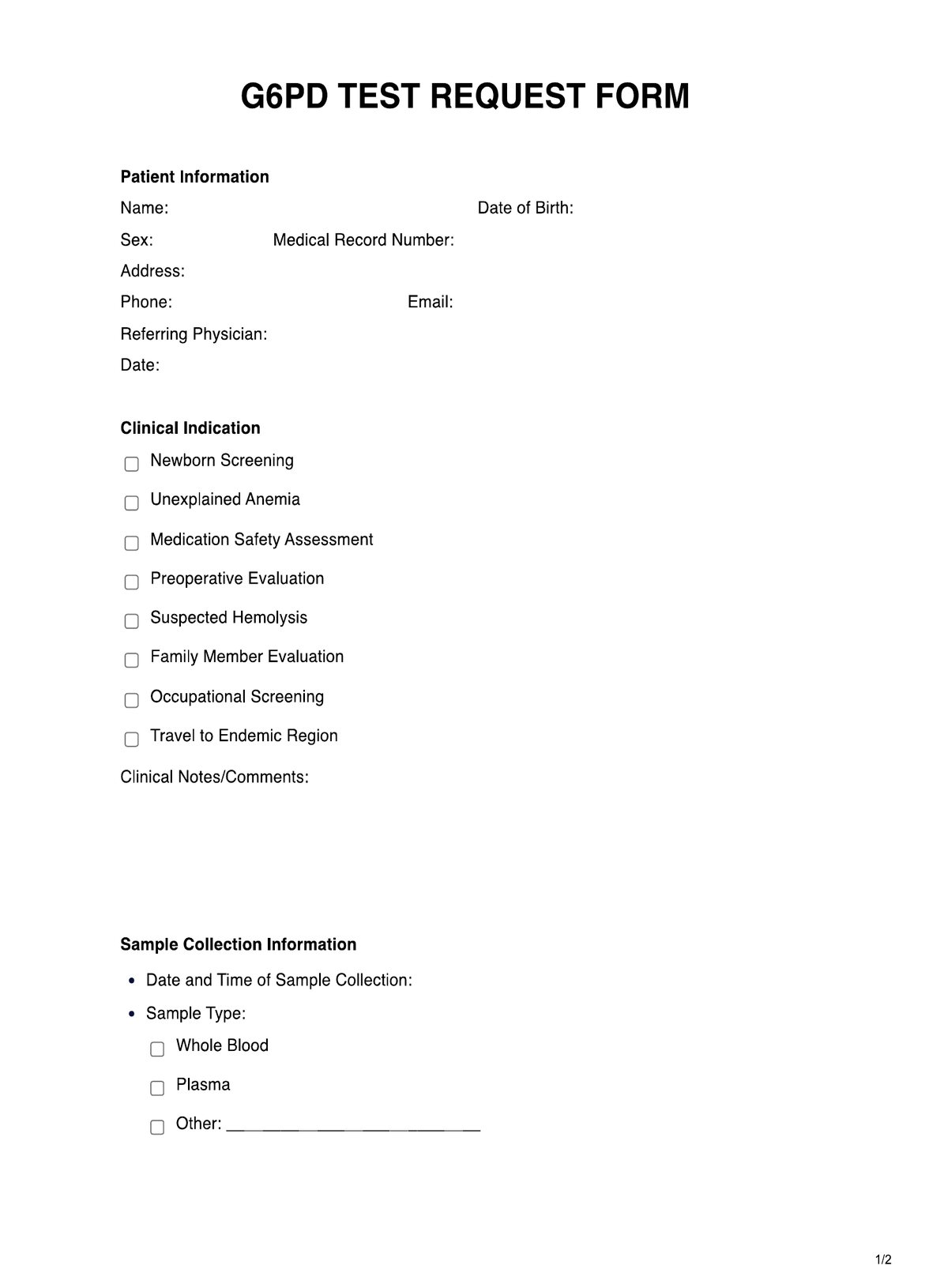
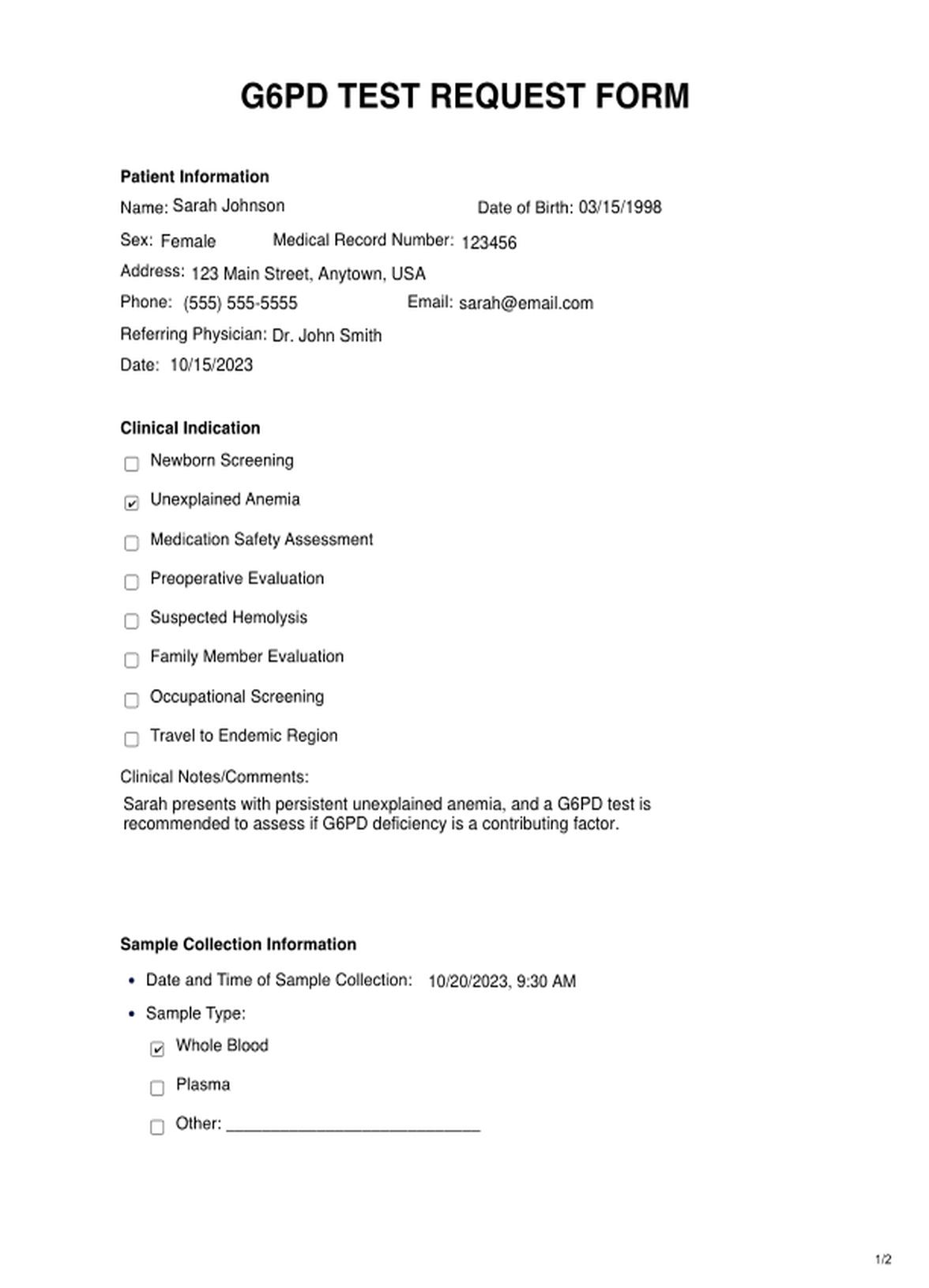

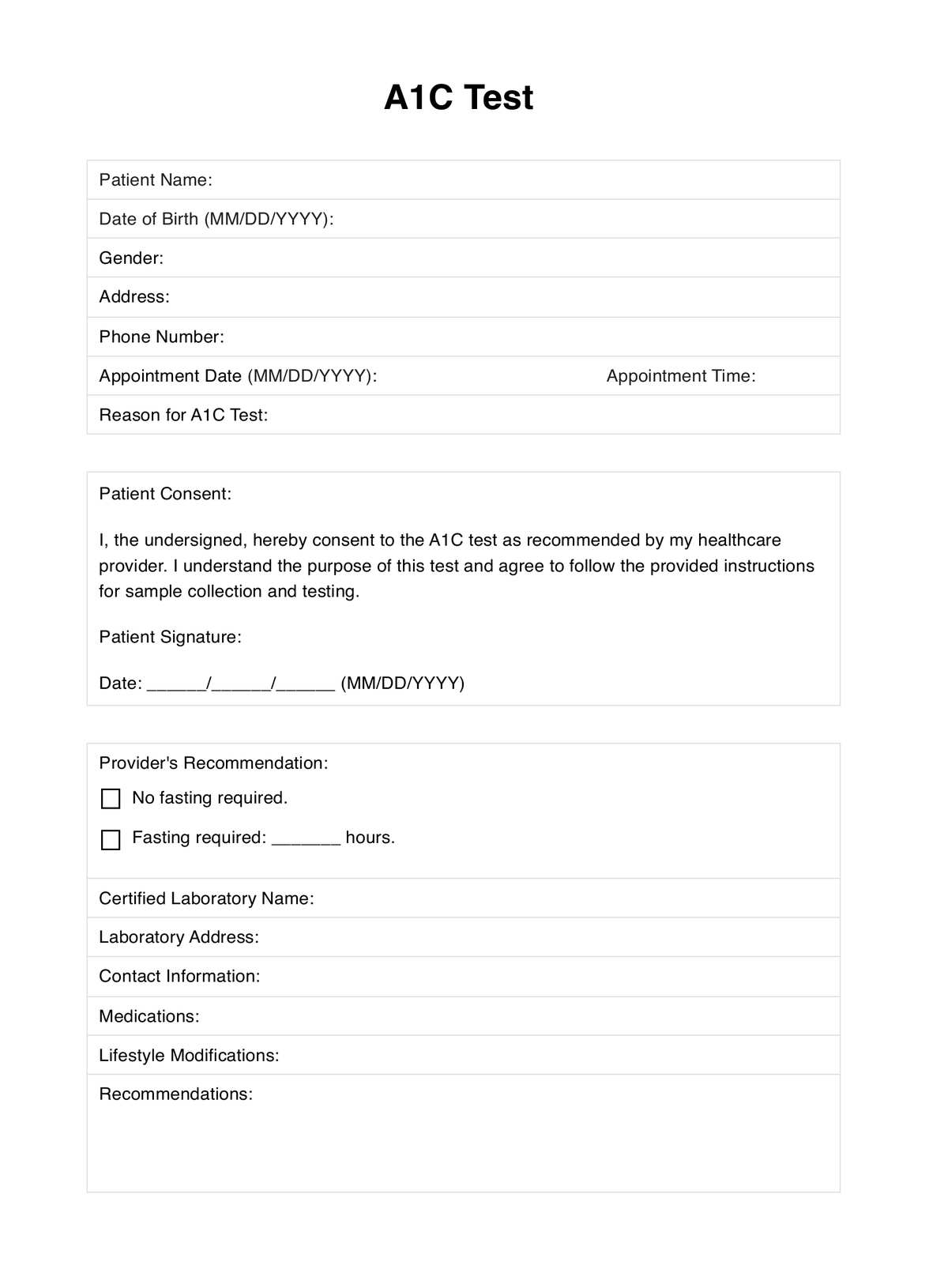
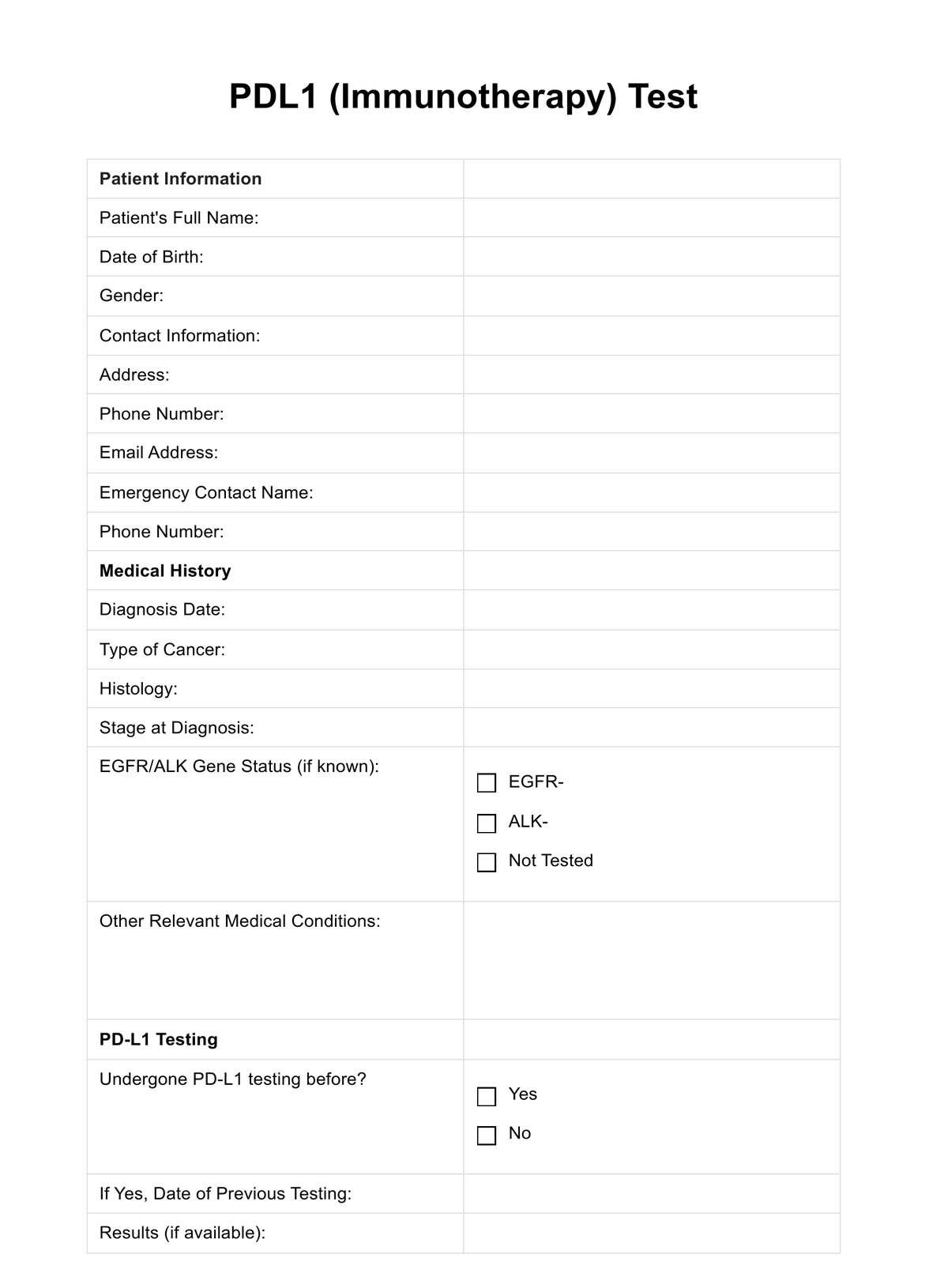


















-template.jpg)

















































































